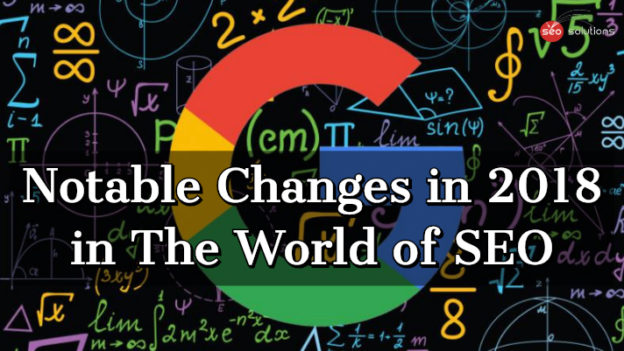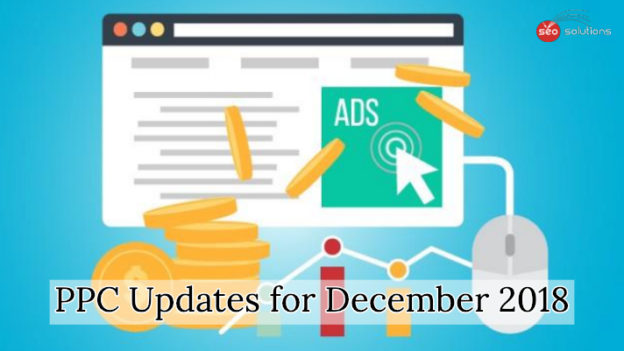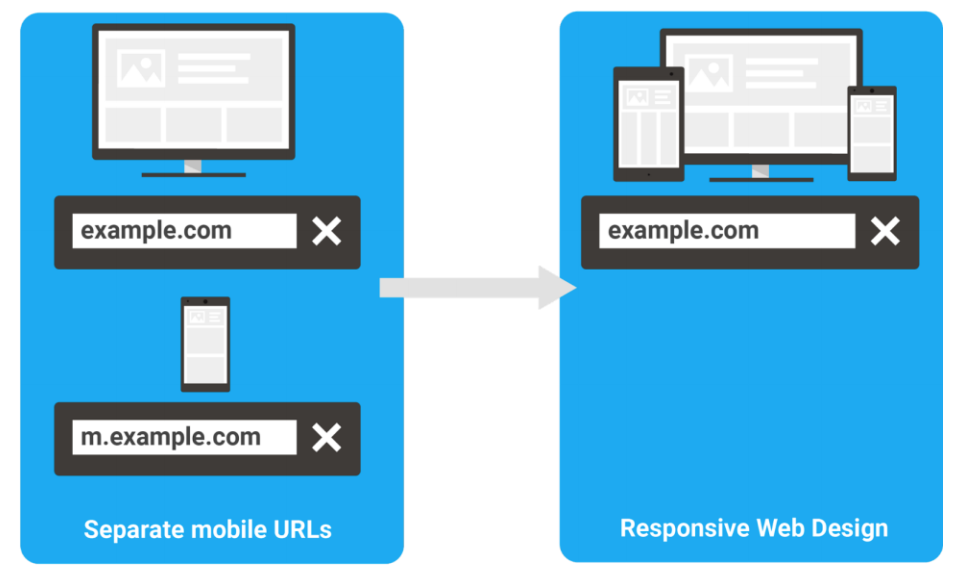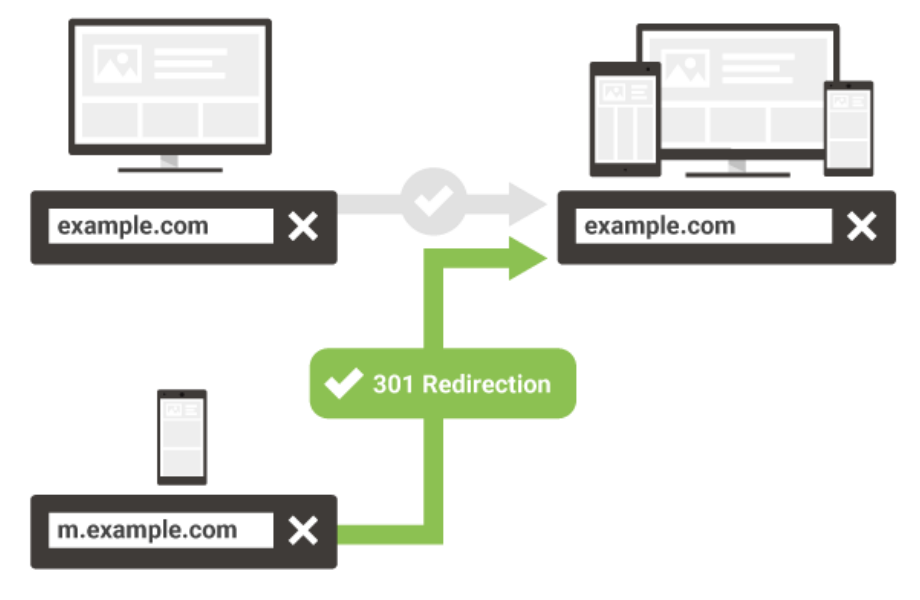Voice Search is undeniably growing at a rapid pace, and for good reason — it’s fast, convenient, allows you to search on the go, and it’s becoming part of the devices that consumers are using. It has taken a good percentage of total searches across the world. This is thanks in part due to AI assistants like Apple’s Siri, Amazon’s Alexa, Google Assistant, etc.
With mobile impacting desktop in terms of search queries, and home automation devices becoming mainstream, voice search will power many future local search queries. Optimizing for voice search conversational terms will be a key differentiator.
The good news is that we already have services in place according to Google’s priorities such as surveys and widgets to boost customer reviews in Google / Yelp / Facebook. We were one of the first agencies to adopt Voice Search optimization, wherein the content we create is more conversational and matches user’s natural language pattern.
Here’s a list of things were currently doing for Voice Search optimization:
- Verified and Accurate Google My Business Listing – Most voice search queries will ask for directions to your business address. For this, we will make sure that your business is listed accurately on Google Maps. Without verification, it would be really difficult to rank for voice search queries.
- NAP (Name, Address, Phone) Consistency across Local Sites – Accurate map listing, in terms of name, address and contact number, across multiple map databases will also help search engines to be more confident about your location, and it will form part of ranking algorithm. We will ensure that your business information (NAP details) is consistent across other top tier and second tier local search engines, directories and review websites.
- Generating Positive Reviews – Customer Reviews are a critical part of ranking algorithm for voice search. We can help you get positive reviews on Google and Yelp for your business via our proprietary Plug and Play Review Widget and Survey Review Booster.
- Mobile Friendly Website – Since most voice searches are done on mobile devices, you MUST have a mobile-friendly site. If your website isn’t mobile friendly, we can help you setup a mobile friendly version with the help of our experienced team.
- Conversational Content – Mobile voice searches will use natural language, which means long-tail keyword phrases are more important than ever. A way to add natural language to your website is by using words and phrases that people actually speak (versus words they type into a search box). The content used will be more conversational in tone, and the keyword phrases will probably resonate more with a person performing a voice search. We have already started implementing this for website content which will help the site rank for voice based queries.
- Microdata & Advanced Schema Markup – Google will start using schema markup both as a site quality and richness indicator (i.e. affecting rankings), and for creating carousel-like results for certain searches, with Knowledge Graph-like summary data on each result in the list. We will help you setup structured data on your site.
- Rank Tracking – We have already started tracking rankings in mobile search results for voice based terms like “near me”, “close to me”, “around me”, etc. around physical location across all verticals and reporting these rankings on our dashboard.








